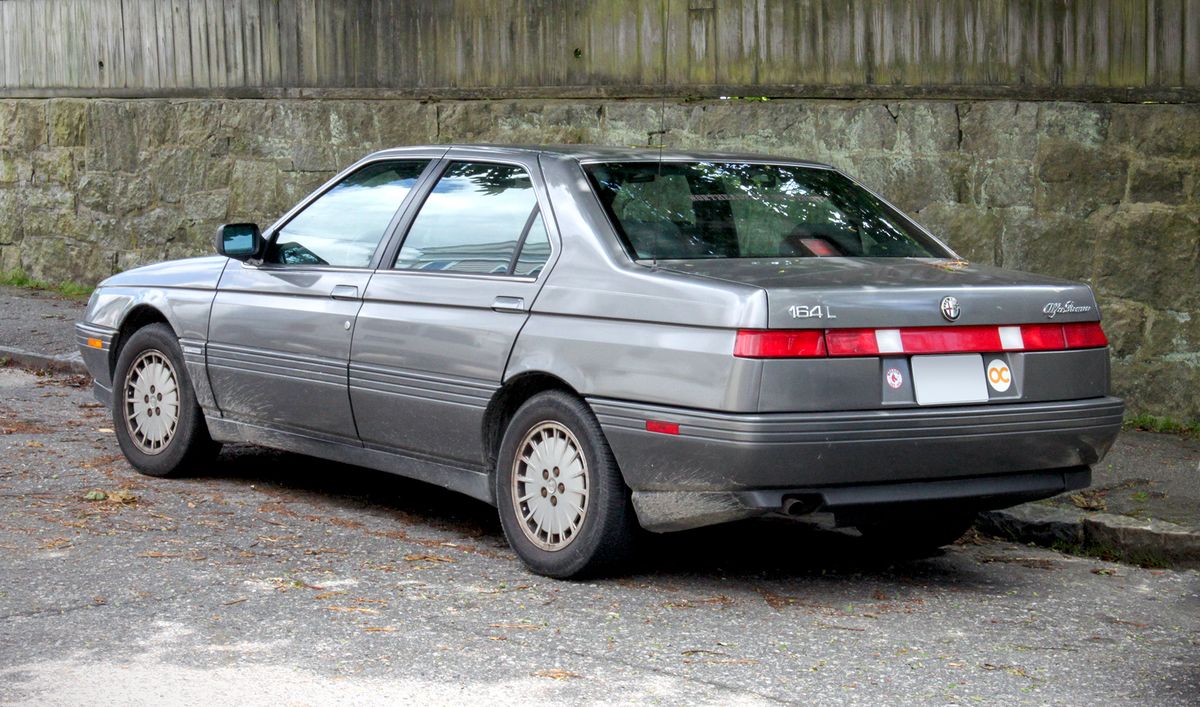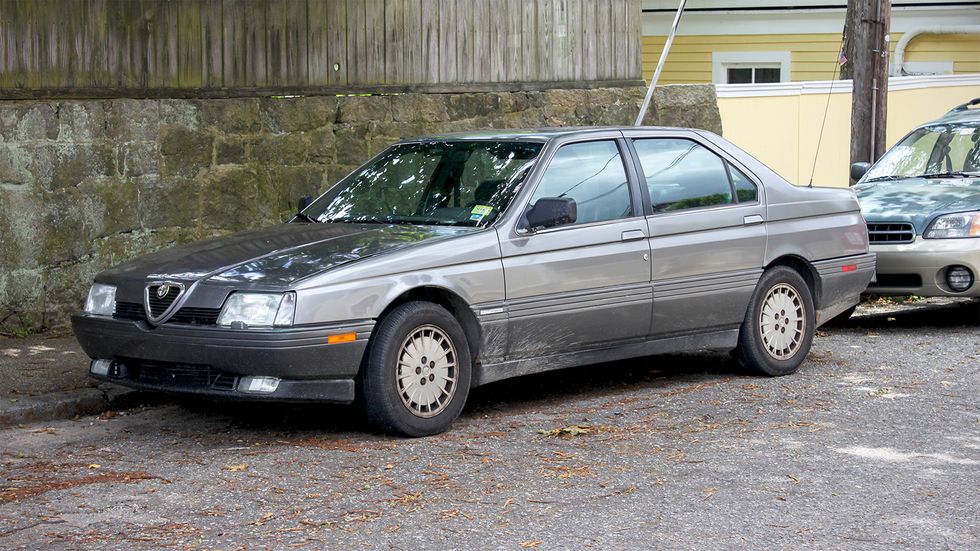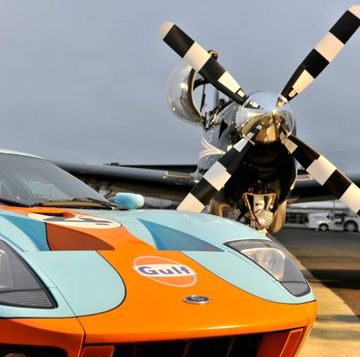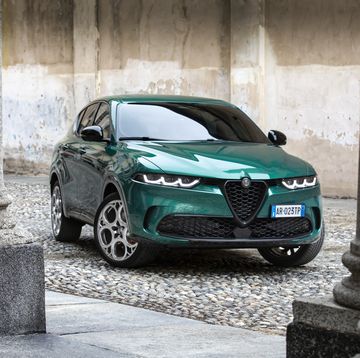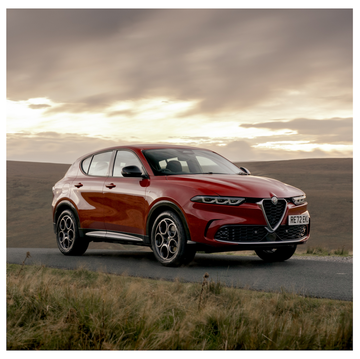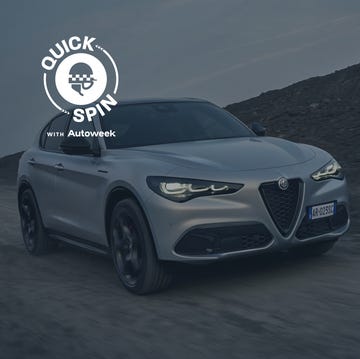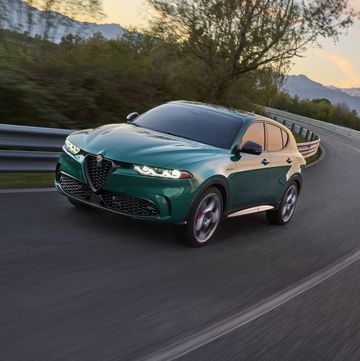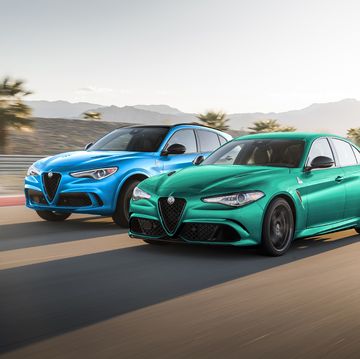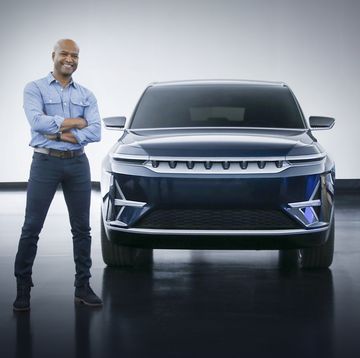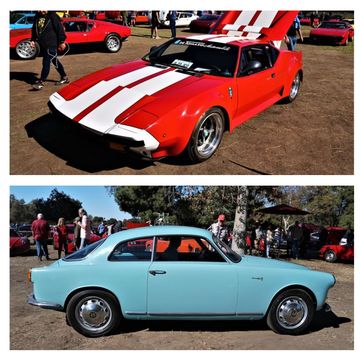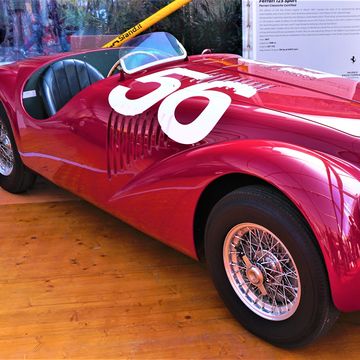Mention a classic Alfa Romeo and most gearheads in the US will probably think of the long-running Spider model first. But the marque's last model when it left the US in 1995 was a sedan. And not a very small sedan at that.
The 25 years separating the debuts of the 164 and the current Giulia gave marque fanatics plenty of time to dream of the future Alfa models they could buy upon its return, but the circumstances of the brand's departure from our shores were anything but dreamlike. The early 1990s were an odd time of transitions for the brand with Series 4 Spider production wrapping up in 1993, and the Milano (sold as the 75 back in Europe) having left a year prior. The small 155 sedan that replaced the Milano, meanwhile, didn't make it stateside.
In a short span of time this left the 164, available stateside from the 1991 through the 1995 model years, as the sole model offered by a rapidly shrinking network of dealers, though many at the time had noted that Alfa Romeo's presence stateside had been in decline for years.
With the 916 Spider and GTV not headed stateside in 1995, the 164 had the unenviable task of facing competitors from Team Germany and Team Japan, at least on paper. But in practice, if you were shopping for a 164 you were probably going to buy one anyway no matter what its competitors offered.
The 164 was a stylish but somewhat unique proposition at a time when American muscle sedans were nowhere in sight, and when German performance sedans were still rare.
A 3.0-liter V6 good for 183 hp sat underhood in the base 164 and 164L, offered with a choice of a four-speed automatic or a five-speed manual, but the 164S dialed that up to 200 hp. Unlike BMW E34 5-Series or the Mercedes-Benz W124 options, the Alfa was a front-wheel-drive model.
A sharp exterior designed by Pininfarina hid the fact that the whole sedan project was actually related to three other models: the Saab 9000, Fiat Croma, and the Lancia Thema. Known as the Tipo Quattro, these four musketeers faced off against an impressive cast of competitors, but when it came to production volume Saab was clearly in the lead.
How did Alfa Romeo market the 164 to US buyers at the time?
By emphasizing its high-tech pedigree, perhaps in an effort to score some points against Lexus.
"Practically everywhere you look in the Alfa Romeo you'll see the results of advanced computer technology," ad copy of the time promised. "To begin with, computers assisted in the development of a body design which is strikingly distinctive, yet aerodynamically refined. Not only does the 164 slip quickly through the surrounding air, it also moves quietly, since wind, road and mechanical noise are significantly reduced by the extensive use of sound deadening materials and computer-aided body structure analysis."
An electronically controlled suspension in the sporty 164S also gets a mention in period brochures, promising a comfortable ride. The 164L, on the other hand, denoted the Lusso or luxury version.
But it's likely the Alfa Romeo 164 mostly had luxury sedans in its sights, with the 164's sporting abilities perhaps playing a secondary role.
Just about any version of the 164 is a rare sight these days, but as owners tell us these were never really commonplace even when they were new. That's how much the dealer network had shrunk by that point.
And it's safe to say that all remaining examples are in the hands of the marque faithful, as they had been from the start.
Did you know anyone who bought one of these new back in the day? Let us know in the comments below.

Jay Ramey grew up around very strange European cars, and instead of seeking out something reliable and comfortable for his own personal use he has been drawn to the more adventurous side of the dependability spectrum. Despite being followed around by French cars for the past decade, he has somehow been able to avoid Citroën ownership, judging them too commonplace, and is currently looking at cars from the former Czechoslovakia. Jay has been with Autoweek since 2013.
